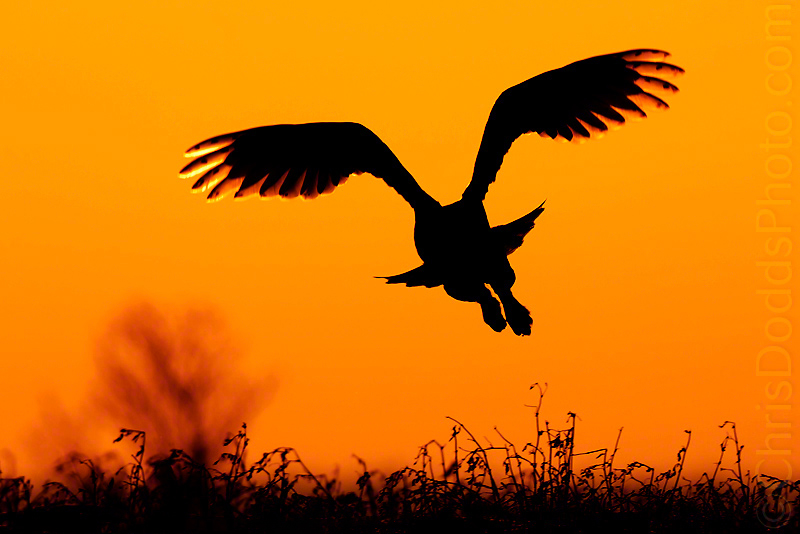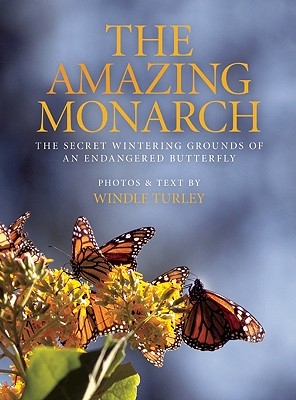 Snowy Owl DAWN SILHOUETTE Bubo scandiacus (Harfang des neiges) Quebec. Image Copyright ©Christopher Dodds All Rights Reserved. Canon EOS 1DsMKII, 500mm F4 IS ISO 250, F7.1 1/1600s Manual mode. CLICK HERE TO ORDER A PRINT OR LICENSE IMAGE FOR PUBLICATION.
Snowy Owl DAWN SILHOUETTE Bubo scandiacus (Harfang des neiges) Quebec. Image Copyright ©Christopher Dodds All Rights Reserved. Canon EOS 1DsMKII, 500mm F4 IS ISO 250, F7.1 1/1600s Manual mode. CLICK HERE TO ORDER A PRINT OR LICENSE IMAGE FOR PUBLICATION.
Private Winter Owl Prowls
The private winter owl safari/workshop series has proven to be a huge success with people from around the world booking days, or weeks. There are still some dates available, so do consider joining me for a private winter owl prowl. Find out more HERE.
Testimonial
"Hi Chris. The September 2010 Moose and Fall Colors Photo Workshop has been a fantastic experience for me in many aspects. I want to thank you warmly for everything you have done for me, not only with respect to photography but in every respect, such as wildlife and nature, the English language, travel tips, etc. You never hesitated to share your knowledge with the group in general and with me in particular. You amazed me more than one time with your wide array of knowledge. Furthermore, you have been a very pleasant companion all along. I would not hesitate to book another workshop with you, which I intend to do later, depending on my budget and schedule possibilities. I already told you that you are a real gentleman, and I just want to tell you again." Serge Gagné L’Île-Bizard (QC) Canada
Q & A
How do I activate auto focus (AF), when using 1.4x or 2.0x teleconverters with f/5.6 or slower lenses with Canon cameras other than the EOS 1D series? Serge Gagné L’Île-Bizard (QC) Canada.
It is simple. Just place a small transparent piece of tape on the last 3 pins of the converter. The tape should be placed on the left hand side of the converter when looking at it from the lens connection side with the electrical contacts on top. With these three left pins covered, the auto-focus continues to operate on the Rebel and D series Canon cameras with the AF activated. It also works great with the Canon 100-400mm f/4.5-5.6L IS.
The Amazing Monarch: The Secret Wintering Grounds of an Endangered Butterfly
The Amazing Monarch: The Secret Wintering Grounds of an Endangered Butterfly is a new book written and photographed by wildlife photographer and trial attorney Windle Turley. In the book, Turley captures amazing images in the rarely photographed wintering grounds of the monarch butterfly, in the Transverse Neovolcanic Mountains in Mexico. Granted almost-unprecedented access, Turley documents the final destination of this migration that only takes place every four to five generations with vivid, full-colour photographs.
is a new book written and photographed by wildlife photographer and trial attorney Windle Turley. In the book, Turley captures amazing images in the rarely photographed wintering grounds of the monarch butterfly, in the Transverse Neovolcanic Mountains in Mexico. Granted almost-unprecedented access, Turley documents the final destination of this migration that only takes place every four to five generations with vivid, full-colour photographs.

It's easier than ever to publish your own book full of your amazing images, but it's no secret that a book full of only images will end-up on the discount table at your local book store. If you have ever thought of publishing your own book, and wondered how to tell your story, then this is a must have; no only for the story of the Monarch, but because the story is well presented and well told. Turley supplements the images with scientific-based text detailing the migration with complimentary quotations and poems that make a multifaceted book about one of the most engaging and mysterious species know to man.
LEAVE A COMMENT - WIN A BOOK: Leave a meaningful comment and I will randomly choose three lucky folks to receive one of three copies of The Amazing Monarch: The Secret Wintering Grounds of an Endangered Butterfly that I have to give away. The enterprising photographer will also include a link to a photo of a Monarch, or a blog entry about the Monarch. I'll randomly choose the winners and I'll even pay for surface mail anywhere in the world. I won't pay customs, brokerage, taxes or duties, though there shouldn't be any payable.
that I have to give away. The enterprising photographer will also include a link to a photo of a Monarch, or a blog entry about the Monarch. I'll randomly choose the winners and I'll even pay for surface mail anywhere in the world. I won't pay customs, brokerage, taxes or duties, though there shouldn't be any payable.
Update on 2010-10-18 03:41 by Christopher Dodds
I promised to send out three copies of The Amazing Monarch: The Secret Wintering Grounds of an Endangered Butterfly, and that's exactly what I'm doing. The selection process was less than scientific; I put everyone's name on a small piece of paper and drew three from the bucket they were in (smile).
The winners are:
Domenico Stallo (Australia), John Zimmerman (Quebec) & Eleanor Kee Wellman (Ontario)
Thanks for your comments everyone!




